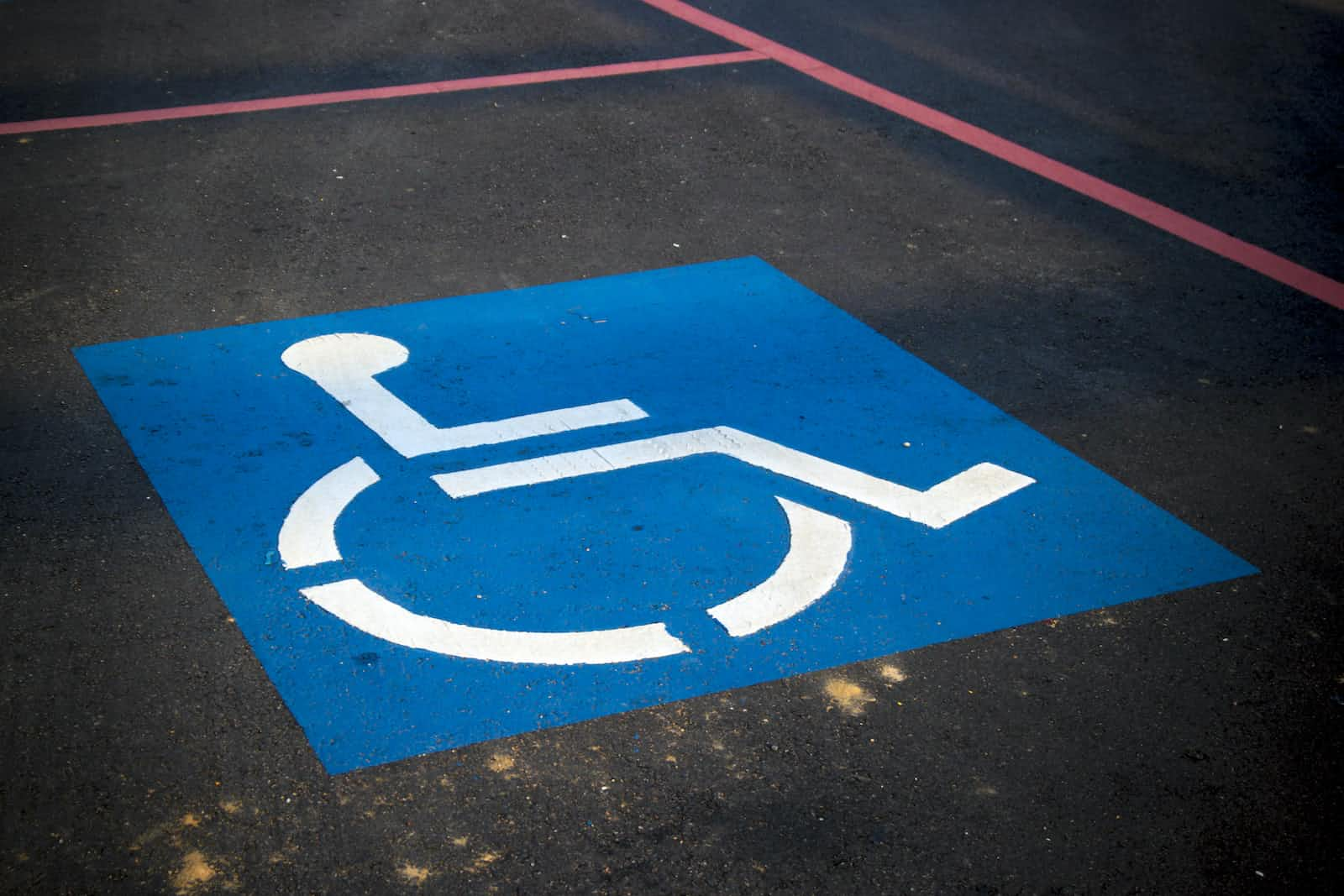“Accessibility” is not going away.
 InclusiveDocs
InclusiveDocs
Time was that accessibility meant literal “access” to brick-and-mortar structures; and physical buildings. But times have changed. Providing online services, including digital access to banking and medical files is now the norm; a commonplace practice that bridges the gap between businesses and consumers and pretty much everyone agrees that it should be so. However, there are still holdouts. While the upfront costs of making a digital presence accessible can be daunting, costs are decreasing while at the same time, technological advances are making what was impossible just a few years ago, business as usual.
Making your website and data accessible to all will not only protect your business against possible legal consequences, but it can also improve your online reputation, and increase your business.
We’ve written a lot about the ADA (Americans with Disabilities Act) so no need to reiterate, but this is good information about the requirements for an ADA-compliant website.
Simply put, accessibility is about making your website available to everyone, and there are a few things that form the basis of making that happen. Inclusive Design is one of them. Inclusive design means designing for diversity. All people are different and some have different needs. Website and content designers should be mindful of the different kinds of people who will be accessing the information so that it can be used by those in unique situations.
While video and audio files are common on websites now, and they add a dynamic feature to many things, not everyone can access them with ease. People with visual impairments are not typically able to view videos, photos, or other graphical components of a website with ease, and deaf or hard-of-hearing people might be discouraged from using a website or accessing information that has a lot of audio content.
Some solutions to these barriers include adding alternate tags to images, subtitles on videos, and transcripts for audio files.
Making websites and digital content user-friendly can be achieved by providing text alternatives to non-text content. To put it simply, this allows users to change content into a format that suits their needs, such as speech, braille, symbols, and even simple language.
Offering alternatives for time-based media works well for certain content. This can be achieved by publishing pre-recorded video and audio files and using captions. Enabling users to view content in different formats or layouts without losing information or structure is a big one too. Many disabled people use mobile devices online. Websites and content must be formatted to be mobile-friendly.
Using highly contrasting colour combinations to distinctly separate the foreground and background as well as disabling auto-play functions on videos also go a long way towards an accessible experience. There are many choices when it comes to fonts, and there are guidelines available to help make the right choices for accessible inclusion while also considering the look and message of the company and product offerings.
One of the most important features of a truly accessible website is creating an accessible layout. This is the foundation for creating accessible websites. Websites and content must be designed in such a way that people with disabilities can easily and confidently locate and identify the information they need without assistance. Accessible layout includes adding navigation menus, links, clear headings for content, orientation cues, and sections. Adding labels and short instructions on fields is important also.
Implementing all or most of these suggested features will go a long way towards making your offerings accessible to everyone, especially to people with disabilities.
Subscribe to my newsletter
Read articles from InclusiveDocs directly inside your inbox. Subscribe to the newsletter, and don't miss out.
Written by
